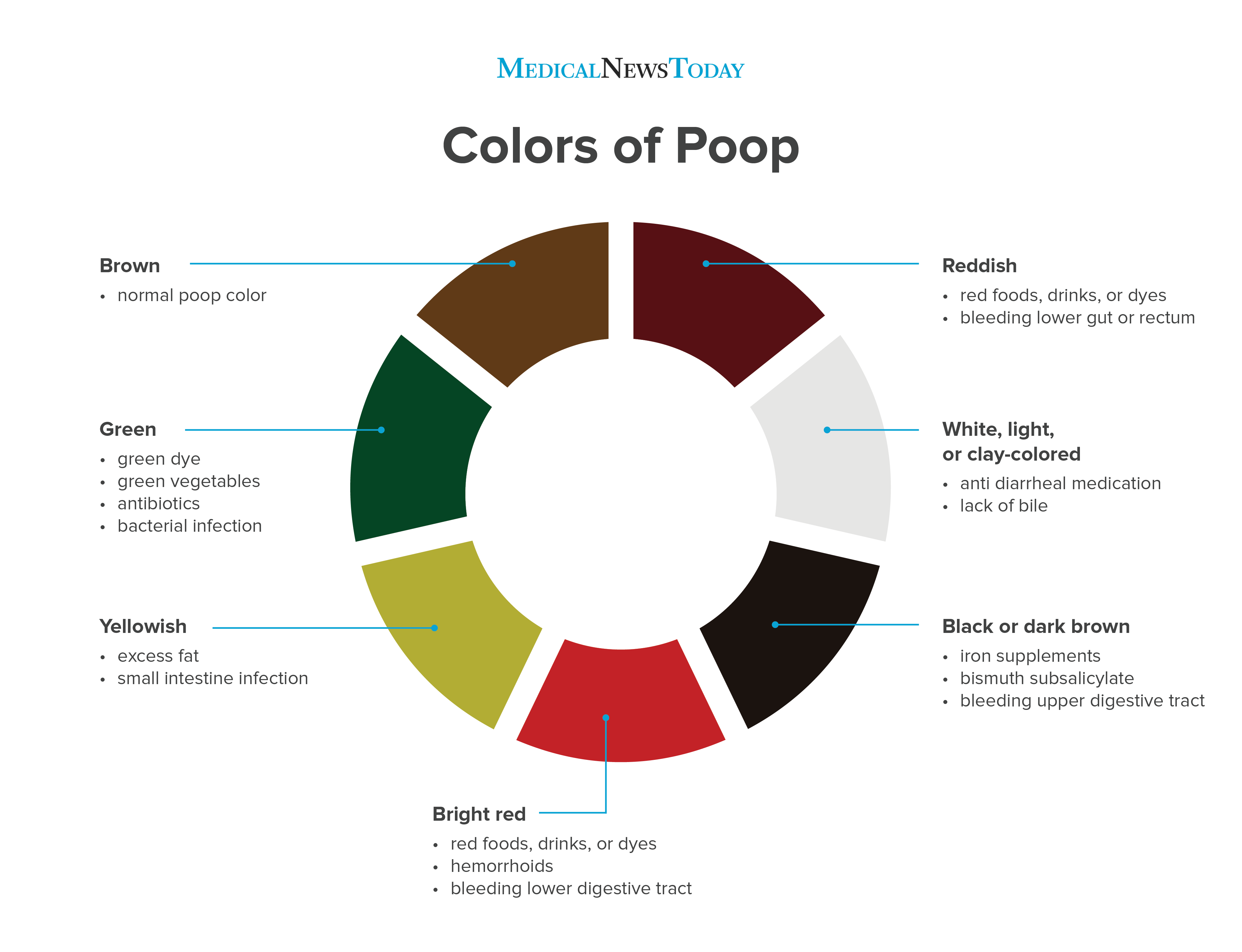Feces are a brownish green color due to the bile that is produced by the liver

Feces and the Brownish, Green Color: The Role of Bile in Digestion

Feces, also known as stools or bowel movements, are the waste products formed as a result of our body’s digestive process. They come in various colors and consistencies, but one common characteristic is their brownish or greenish hue. Have you ever wondered why feces have this particular color? The answer lies in the bile produced by our liver.
Understanding the Digestive System
To comprehend why feces are brownish or greenish, let’s first understand the journey of food through our digestive system. When we consume food, it undergoes a series of processes to extract nutrients and eliminate waste. The process begins in the mouth, where saliva breaks down the food, and continues through the esophagus, stomach, small intestine, and finally, into the large intestine.
The Role of Bile in Digestion
One crucial component in the digestive process is bile, a fluid produced by the liver and stored in the gallbladder. Bile contains various substances, including water, electrolytes, cholesterol, bilirubin, and bile acids. Its primary function is to aid in the digestion and absorption of fats.
When fat enters the small intestine, the gallbladder releases bile into the intestine through a small tube called the common bile duct. Bile acids in the bile act as emulsifiers, breaking down large fat globules into smaller droplets. This emulsification process allows digestive enzymes called lipases to easily access and break down the fat molecules.
The Effect of Bile on Feces’ Color

Now let’s delve into the connection between bile and the color of feces. As bile travels through the small intestine, some of its components are further metabolized by the intestine’s bacteria. One of these components is bilirubin, a byproduct of the breakdown of red blood cells. Bilirubin undergoes several chemical transformations in the intestines, ultimately producing stercobilinogen.
Stercobilinogen is then oxidized to become stercobilin, which imparts the characteristic brown color to feces. However, the color can vary depending on the presence of other compounds and factors such as transit time through the intestines. If feces pass rapidly through the digestive system, there may be less time for the bilirubin breakdown process, resulting in a greenish color.
Similarly, in cases of reduced bile production or obstruction of the bile duct, the feces may appear paler than usual. This light color is due to a lower concentration of stercobilin, leading to less pigmentation in the feces.
Conclusion
In conclusion, the brownish or greenish color of feces is primarily attributed to the presence of bile and the breakdown of bilirubin in the digestive system. The liver produces and releases bile to aid in the digestion and absorption of fat. As the bile travels through the digestive system, it undergoes chemical transformations that eventually contribute to the coloration of feces.
It’s important to note that the color of feces can vary for various reasons, including diet, medication, and underlying health conditions. Changes in feces color should be monitored and discussed with a healthcare professional if there are concerns or accompanying symptoms.
Tags
Share
Related Posts
Quick Links
Legal Stuff

